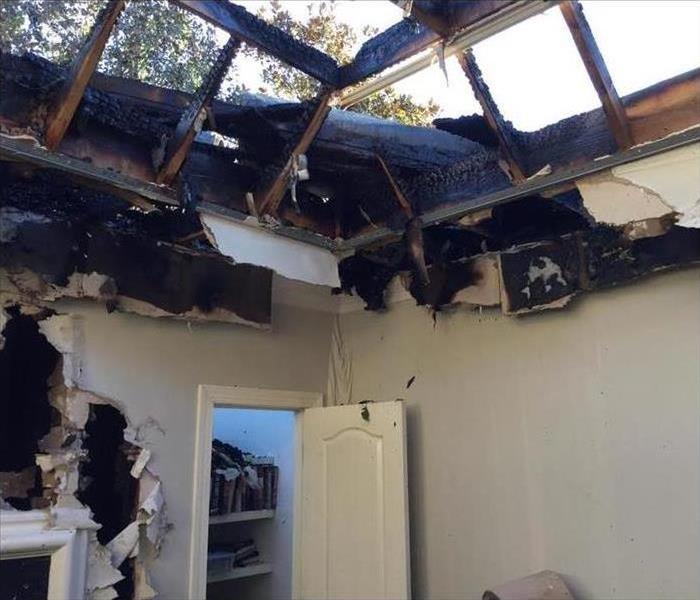Characteristics of Smoke
2/12/2020 (Permalink)
 An example of how bad fires can get. This house had lots of smoke damage which took up the majority of SERVPRO's time at this house.
An example of how bad fires can get. This house had lots of smoke damage which took up the majority of SERVPRO's time at this house.
When a fire occurs, smoke inhalation is one of the biggest threats to our health. During a fire, smoke is a result of rapidly decomposing materials releasing solid materials, aerosols, and gases. Carbon monoxide and hydrogen cyanide are just two of the extremely dangerous gases that are released during smoke in a fire. Small particles of carbon are released and suspended in the air during a fire, which is what makes smoke visible to the naked eye. These particles also absorb the smell from the fire, which is how soot is created. Once smoke settles on surfaces, it is considered soot. Smoke particles are very small in size, around .1 to 4 microns (1 micron = 1 twenty-five thousandth of 1 inch). Even though smoke particles are very miniscule, they can create issues in your respiratory tract. Smoke rises, so stay low to the ground if you are ever near an active fire in order to breathe in less smoke.





 24/7 Emergency Service
24/7 Emergency Service